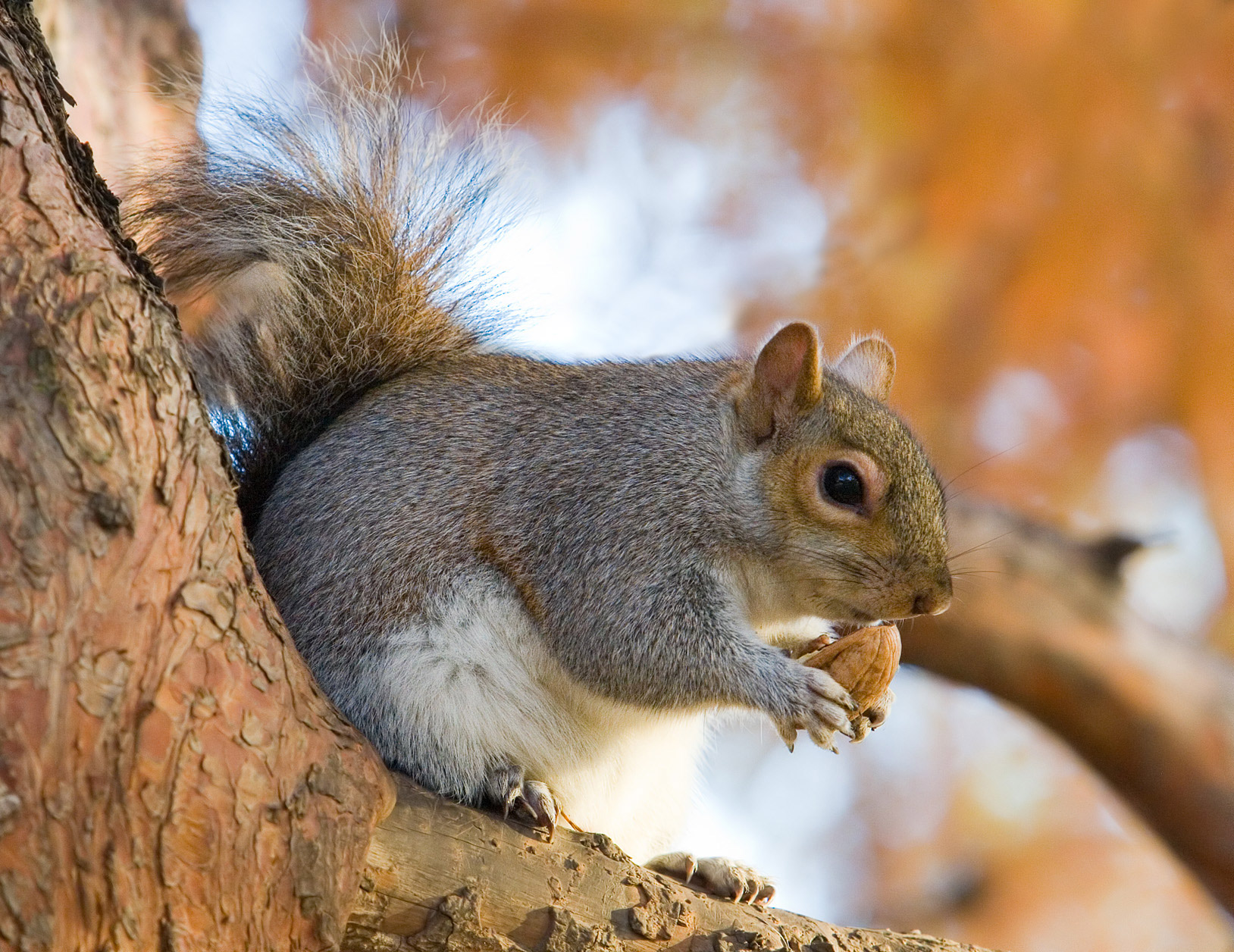Homologous traits:
A. For the two different species that possess the homologous
trait, I chose a human and a snake. I chose these two species because they both
have a pelvic bone.
B. For us humans, the pelvic bone is very important. It is
connected to our back and legs. Due to the fact that our pelvic bone is
connected to our legs, it is very important for us to be able to walk and move
around. Although the pelvic bone plays an important role for humans, for snakes
it the opposite. Snakes also possess a pelvic bone, however their pelvic bone
plays no role. The snake possesses a pelvic bone because one of their distant
relatives had legs and a pelvic bone.
C. Generally the common ancestor between these two different
species would be an amniote
(which is a vertebrate). Vertebrates contain muscles and skeletons. Reptiles and
birds are both vertebrates.
D.

Next is the analogous trait:
A. For the two different species that possess the analogous
trait, I chose the koala bear and a squirrel. I chose these two because I find it
very interesting that they both have the trait to digest poison.
B. Due to the fact that both species survive off of food from
trees, which the food they both eat contain poison (eucalyptus leaves for koalas, and acorns for squirrels), they
have different mechanisms to break down the poison. The way a squirrel handles
the poison is through their saliva. The squirrel’s saliva helps process the
poison. However the way a koala bear handles the poison is through a special type
of bacteria in their stomachs which breaks down the poison.
C. The squirrel and a koala bear do not share an ancestor with
that trait. Both of these species developed the trait because their main source
of food was poisonous. It became a matter of survival of the fittest. I also
believe this would fall under the category of parallel evolution!
D.


Good discussion on your homologous traits. The pelvis in male snakes actually has a function, assisting in mating. Why did snakes lose their legs? What was the selection pressure for this?
ReplyDeleteAmniotes are egg layers, but you can get a little more precise on ancestry. Mammals (like humans) evolved from ancestral reptiles and snakes are reptiles, so both arose from ancestral reptiles. Early reptiles possess the ancestral limb structure. This issue of common descent is why these traits are homologous.
Great discussion of your analogous trait. Unique and interesting. Do you have specific evidence that their common ancestor did not possess this trait?
Good images.
Hi Angelica,
ReplyDeleteI really enjoyed your post! It was very informative and love the images. It's so interesting to find out how similar we are to other species and very interesting that we have the same pelvic bone as a snake. I'm curious to know, at what point did snakes loose their legs? I can see why snakes sliver, so they can adapt to their environment once the lost their legs. Really cool post!
Claudia
Angelica,
ReplyDeleteI found it very interesting that snakes have a pelvic bone because they are just long and without legs. I see from the comment above that it does have a function, but not like in humans. We could not walk without it so it is very important. And about the poison in koalas and squirrels is very interesting. It is strange that the food they eat and survive off of is poisonous to them.
Erica